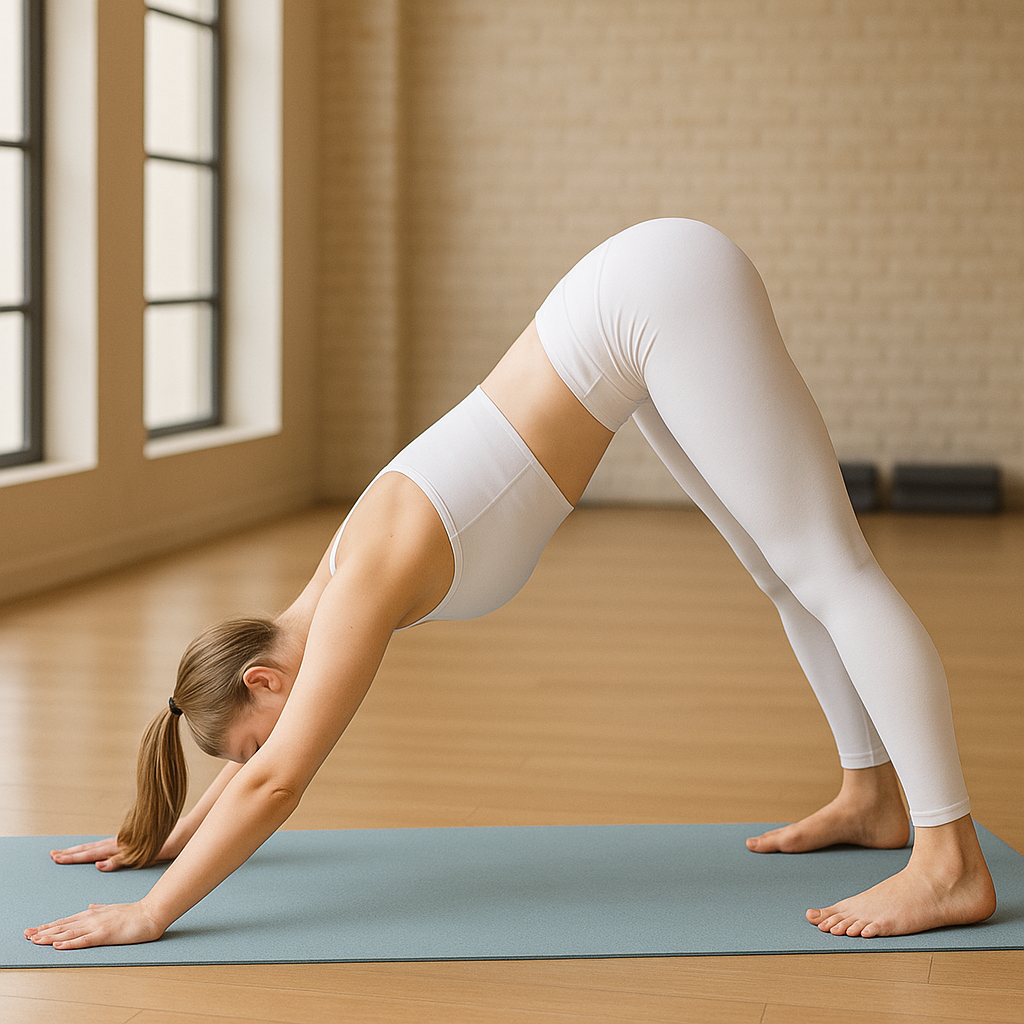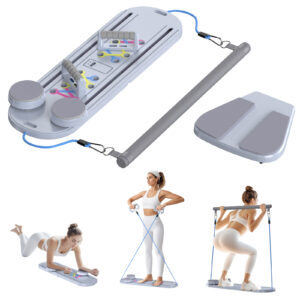Learn how to perform Downward-Facing Dog (Adho Mukha Svanasana) safely and effectively. Discover its benefits, step-by-step instructions, and tips to deepen your yoga practice.
Introduction
Downward-Facing Dog, or Adho Mukha Svanasana in Sanskrit, is one of the most iconic and foundational poses in yoga. Often used as a transitional posture, it also stands on its own as a powerful pose that stretches and strengthens the entire body. Suitable for all levels, this pose energizes the body and calms the mind, making it a staple in most yoga. In this article, we’ll explore everything you need to know about practicing Downward-Facing Dog correctly and safely.
What is Downward-Facing Dog (Adho Mukha Svanasana)?
Derived from Sanskrit, “Adho” means downward, “Mukha” means face, and “Svana” means dog. This posture mimics a dog stretching with its head down and hips high. It is classified as a forward bend and a mild inversion, where the heart is above the head, and is part of the traditional Sun Salutation (Surya Namaskar) sequence.
Downward-Facing Dog engages multiple areas of the body, including the shoulders, hamstrings, calves, arches, and hands. It offers a full-body stretch while building strength, making it a crucial pose for improving posture and balance.
Benefits of Downward-Facing Dog
Practicing Downward-Facing Dog regularly offers a range of physical and mental benefits:
Physical Benefits:
- Stretches the shoulders, hamstrings, calves, arches, and hands
- Strengthens the arms, legs, and core
- Improves blood circulation
- Lengthens the spine and improves posture
- Relieves tension from the neck and back
Mental and Emotional Benefits:
- Calms the mind and relieves stress
- Helps alleviate mild depression and anxiety
- Boosts energy levels and combats fatigue
Therapeutic Applications:
- May relieve symptoms of menopause
- Helps with digestion
- Eases back pain (when practiced with proper alignment)
Stay tuned for the next section, where we’ll guide you step-by-step through correctly entering and holding the pose.








